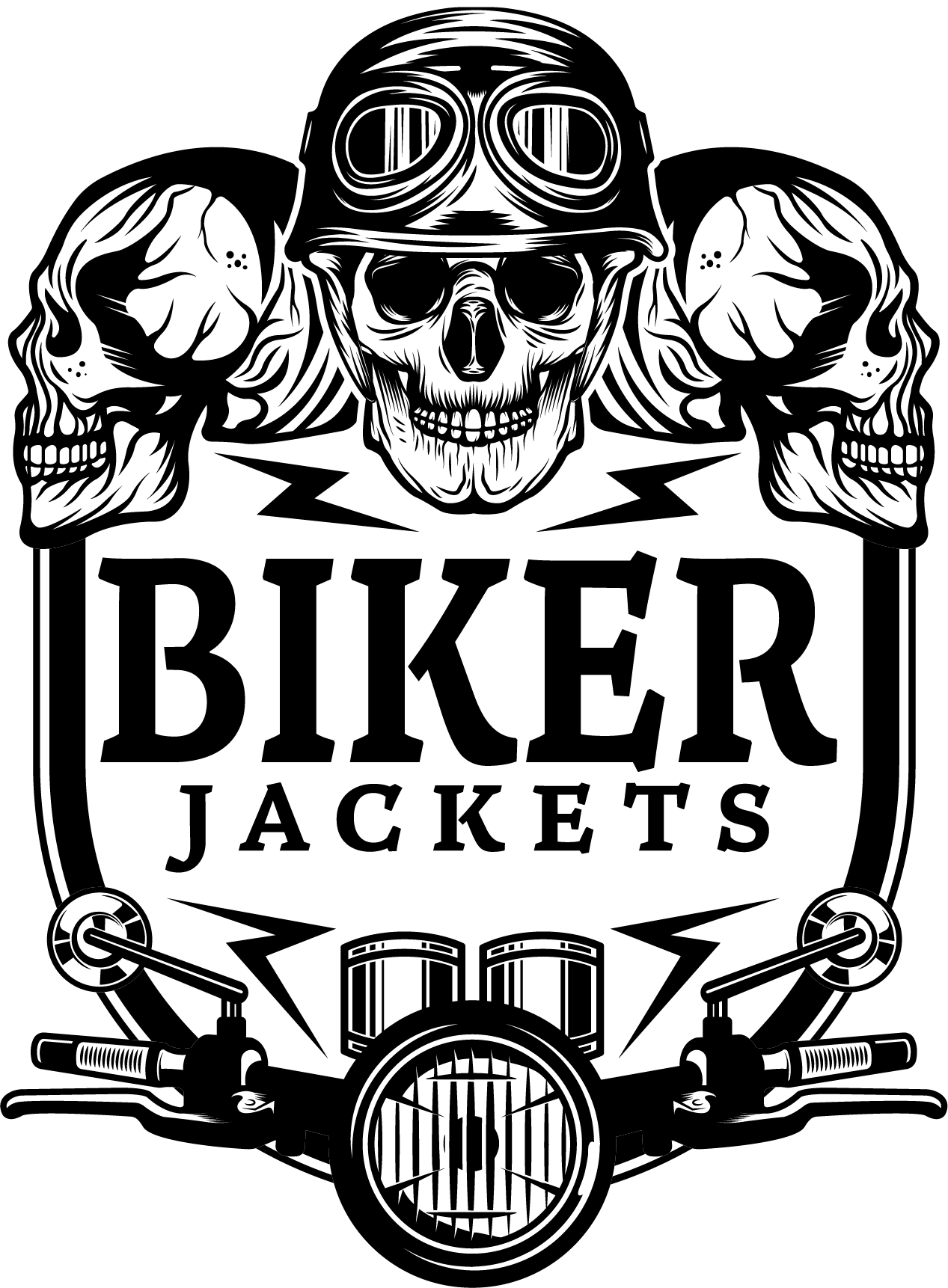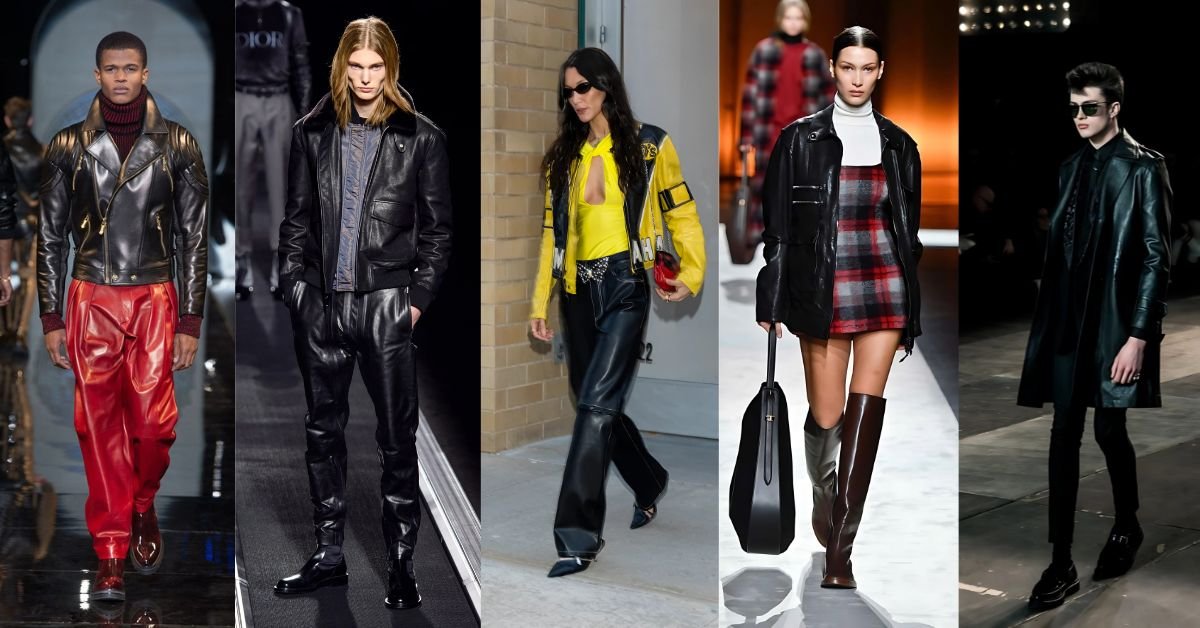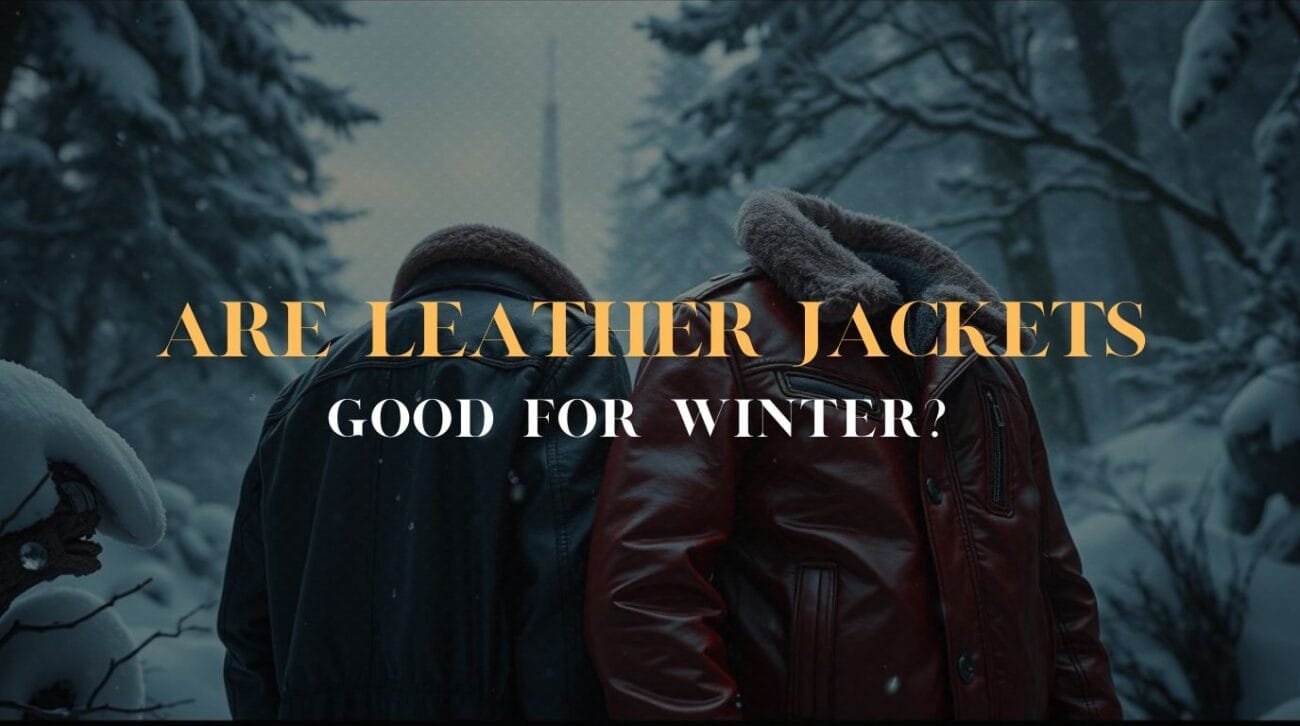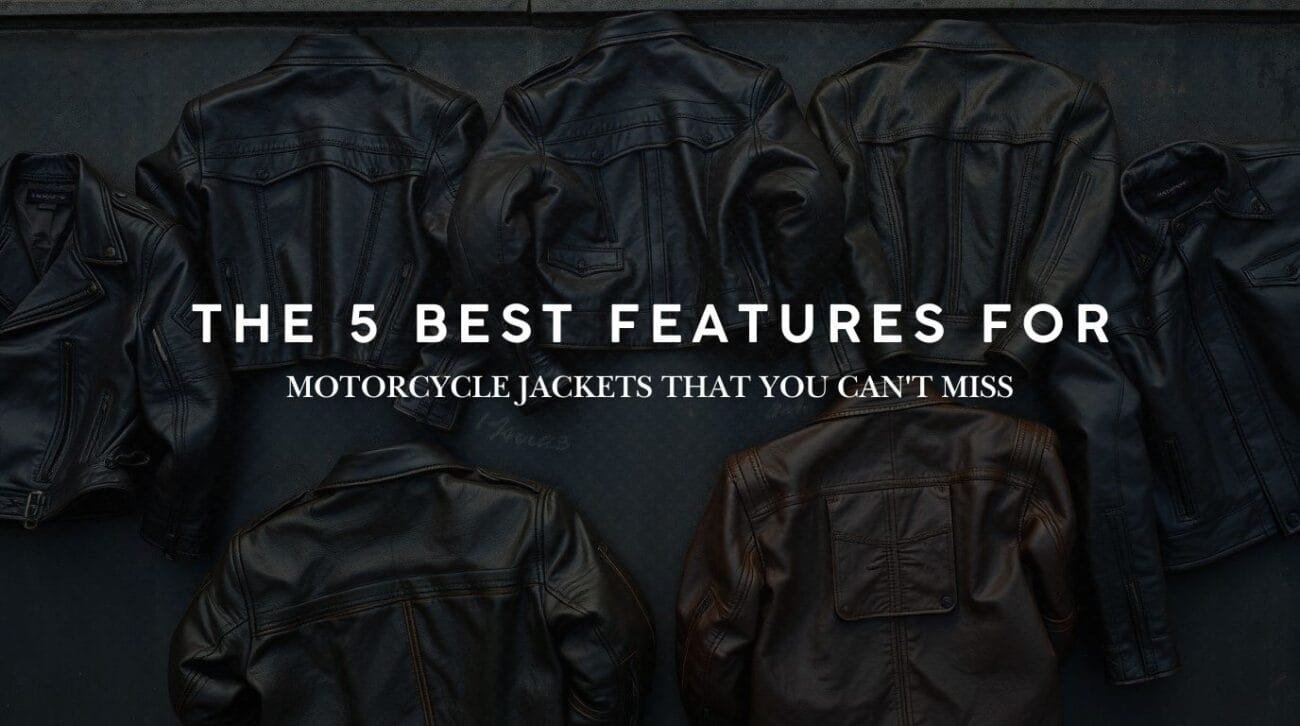When it comes to motorcycle riding, the best type of leather for protection and durability is typically cowhide leather. Known for its thickness, abrasion resistance, and ability to withstand rough conditions, cowhide provides a robust shield against road rash and impact. However, other leather types like goatskin and kangaroo leather also offer unique benefits, such as flexibility and lightweight comfort, making them popular options for bikers. Your riding style, the degree of protection you require, and your personal preferences will ultimately determine which leather is best for you.
Introduction
For motorcycle enthusiasts, having the right gear isn’t just about looking good; it’s essential for protection. Leather jackets, pants, and gloves form a protective shield against abrasion, impact, and sometimes even weather conditions. But not all leather is created equal when it comes to high-speed motorcycle riding. Some types of leather offer more durability, while others provide better comfort and flexibility. This guide breaks down the different types of leather to help you make an informed choice for your next ride.
Why Leather for Motorcycle Riding?
Leather has long been the material of choice for motorcycle gear due to its natural durability, abrasion resistance, and ability to mold to the body over time. Here’s why leather is ideal for bikers:
- Abrasion Resistance: Motorcycle riding exposes bikers to the risk of sliding along rough pavement. Leather’s dense fibers make it highly resistant to abrasion, providing a layer of protection between the rider’s skin and the road.
- Comfort and Flexibility: As leather ages, it molds to the shape of the wearer, offering a custom fit that becomes more comfortable over time. Premium leather types also provide flexibility for easier movement during rides.
- Weather Resistance: Some leather types have natural water-resistant properties, while others can be treated to withstand various weather conditions. This quality makes leather versatile for year-round use.
- Impact Protection: Leather combined with additional armor inserts (often CE-approved) on high-impact areas like elbows, shoulders, and knees, enhances the overall protection, making it a top choice for safety-conscious riders.
Types of Leather for Motorcycle Riding
1. Cowhide Leather
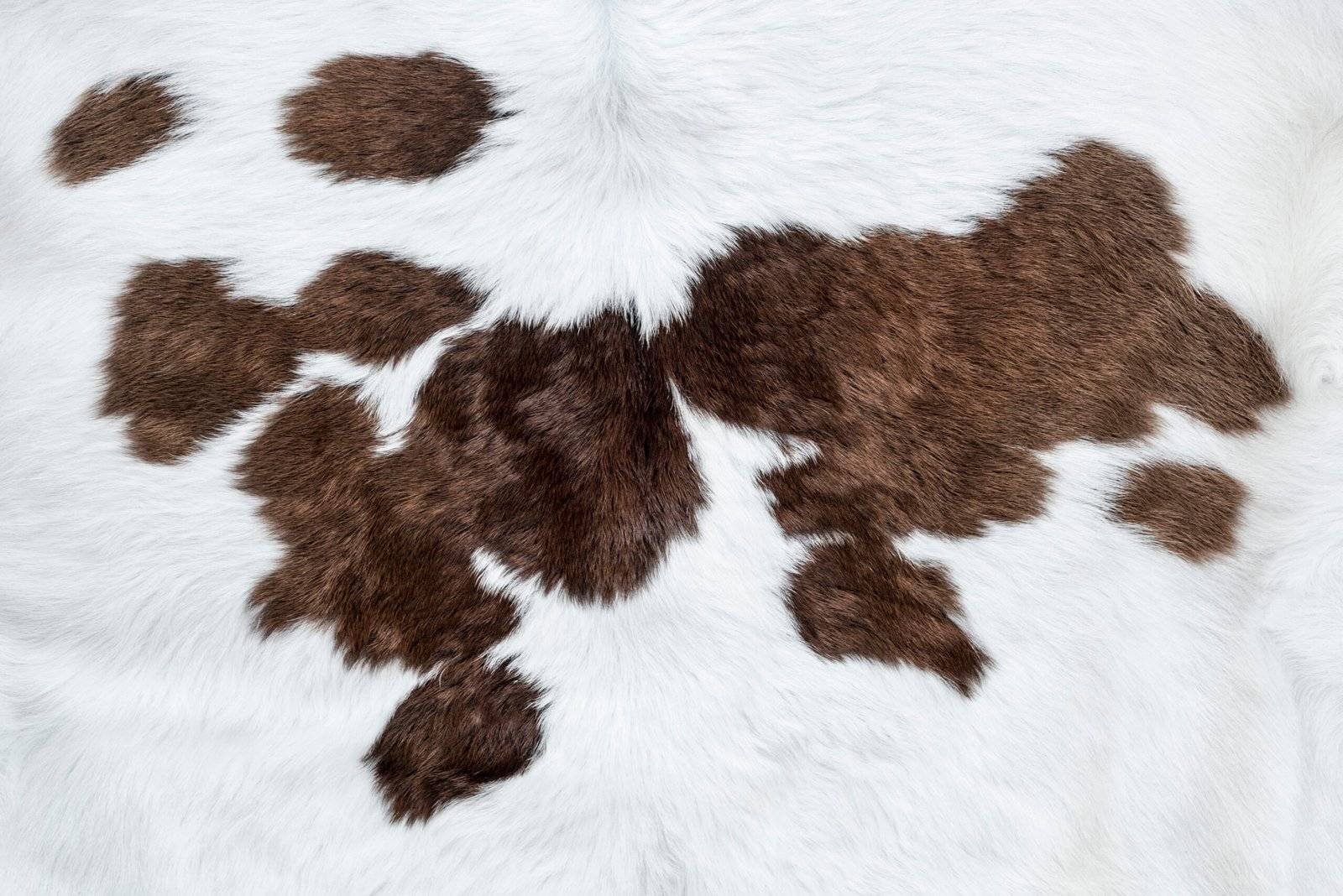
Cowhide is the most widely used leather for motorcycle jackets and protective gear, and for good reason.
- Pros: Thick, durable, and resistant to abrasion, cowhide offers a robust level of protection that is ideal for high-speed riding and long-distance touring. Its tough exterior can withstand the elements and protect against road rash during falls.
- Cons: Cowhide can feel heavier and stiffer compared to other leathers, and it may require some time to break in for maximum comfort.
Cowhide is often used in jackets, pants, gloves, and even full leather suits for maximum safety. Its abrasion resistance makes it the best option for riders who prioritize protection.
2. Goatskin Leather
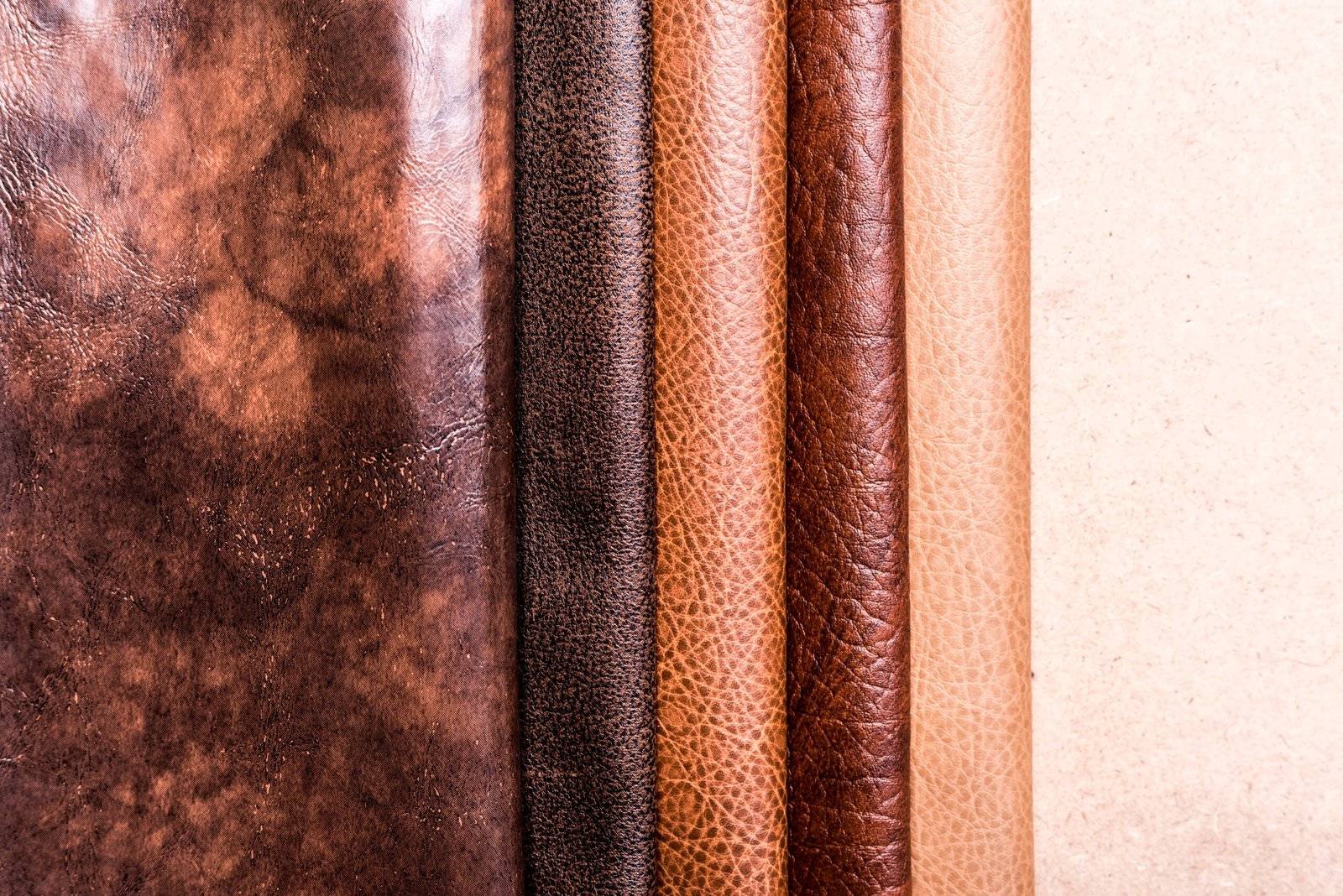
Goatskin is known for being softer and more flexible than cowhide, making it a popular choice among bikers looking for comfort without sacrificing too much on durability.
- Pros: Lightweight yet tough, goatskin offers good abrasion resistance and is easier to break in than cowhide. It’s also highly water-resistant, making it suitable for all-weather riding.
- Cons: While durable, goatskin doesn’t provide the same level of protection as thicker cowhide, especially at high speeds or on rough surfaces.
Ideal for: Casual riding, warm climates, and shorter rides where comfort is prioritized over maximum protection.
3. Kangaroo Leather
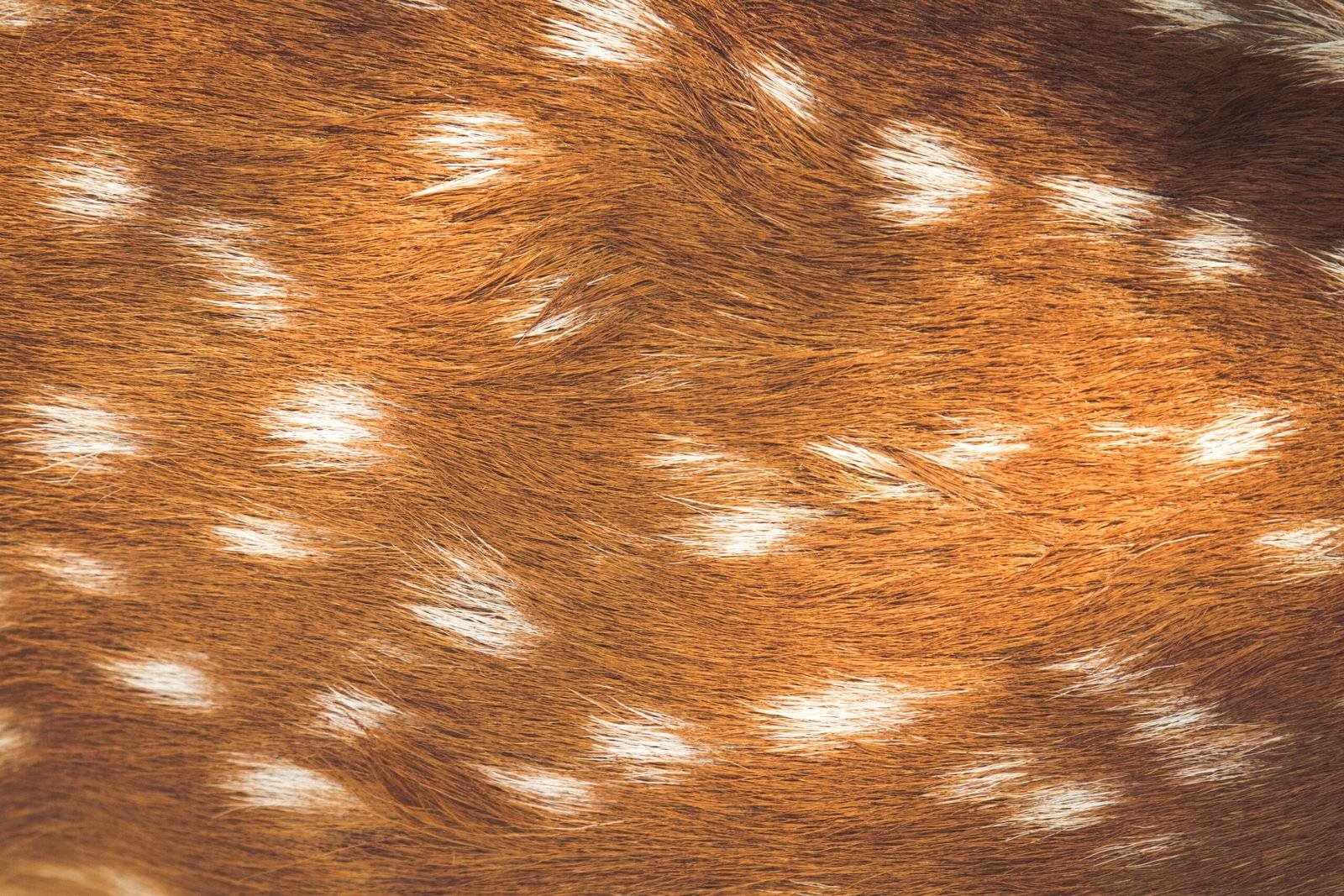
Kangaroo leather is a premium option for motorcycle riding, valued for its lightweight properties and high durability.
- Pros: Stronger than cowhide by weight, kangaroo leather offers excellent abrasion resistance and flexibility, making it suitable for high-speed riding. Its lightweight nature also reduces fatigue for the rider.
- Cons: Kangaroo leather is one of the most expensive types, and it can be difficult to find in certain regions.
Ideal for: Professional riders and those looking for a lightweight yet protective option.
4. Buffalo Leather
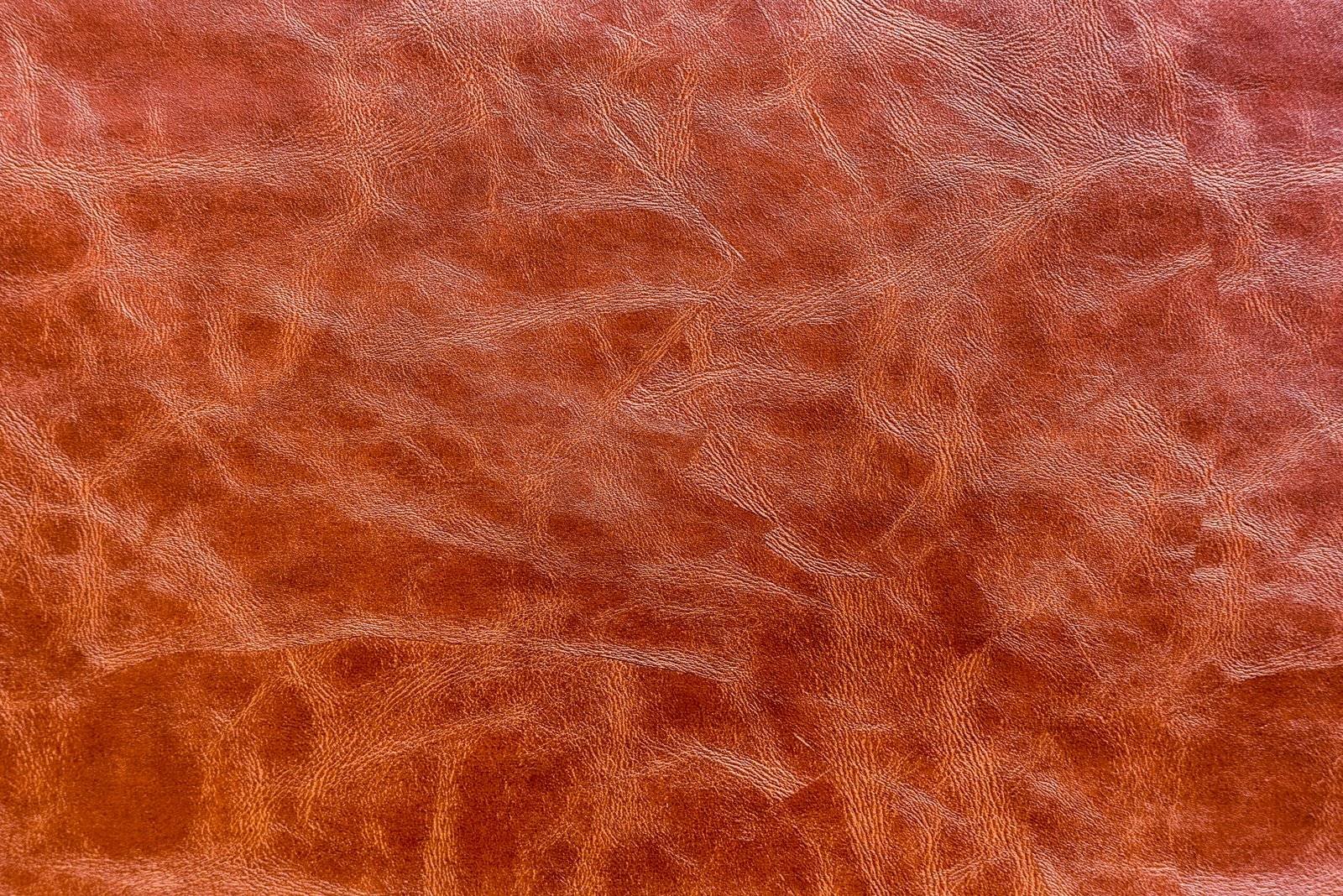
Buffalo leather has a similar thickness and toughness to cowhide but with a unique texture that appeals to many riders.
- Pros: Thick, durable, and highly resistant to abrasions. Buffalo leather is also relatively water-resistant, adding to its appeal for all-weather riding.
- Cons: It can be heavier than cowhide and might take longer to break in, potentially impacting comfort.
Ideal for: Riders who want a durable, all-weather option with a rugged aesthetic.
5. Sheepskin Leather
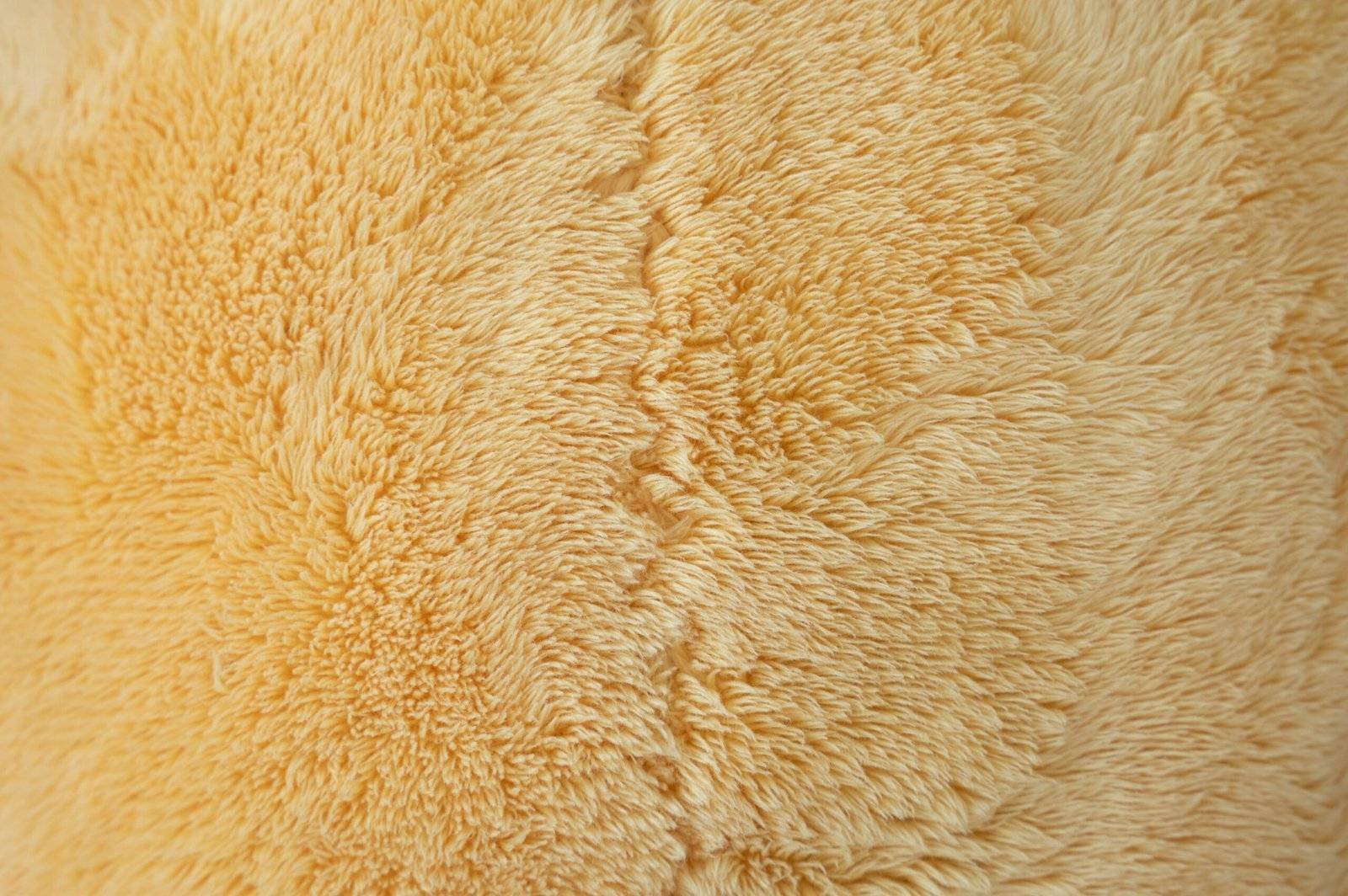
Though less common in motorcycle riding gear, sheepskin is sometimes used for light riding jackets due to its softness and comfort.
- Pros: Soft, lightweight, and comfortable, sheepskin is suitable for casual riding. It’s also a warmer option, making it ideal for cooler weather.
- Cons: Sheepskin lacks the abrasion resistance and durability of cowhide or buffalo leather, making it less suitable for high-speed riding.
Ideal for: Short-distance rides and cooler climates where abrasion resistance is less critical.
Key Qualities to Consider in Motorcycle Leather
Abrasion Resistance
Abrasion resistance is essential when choosing leather for motorcycle riding. Cowhide, buffalo, and kangaroo leathers generally offer the best abrasion protection. For bikers, choosing leather that has undergone specific tanning processes to improve abrasion resistance can be a crucial factor for safety.
Thickness and Flexibility
Leather thickness contributes significantly to protection levels. Cowhide and buffalo leathers are generally thicker, providing more protection, while goatskin and kangaroo leather offer a balance between thickness and flexibility.
Weather Resistance
Consider the type of riding you do and the climate. Goatskin and buffalo leather have natural water resistance, while others, like cowhide, may require additional waterproofing treatments. Opt for leather treated to withstand weather changes if you often ride in variable conditions.
Comfort and Fit
The fit of your leather gear affects not only comfort but also protection. A snug fit ensures that armor stays in place in high-impact zones. Over time, leather molds to the body, providing a personalized fit, so consider breaking in new gear before extended use.
Choosing the Right Leather for Your Riding Style
- Casual Riders: Goatskin offers comfort and lightweight protection suitable for everyday riding.
- Long-Distance Touring: Cowhide or buffalo leather is ideal due to its durability and resistance to wear and tear over long periods.
- High-Speed Riding: Kangaroo leather’s lightweight strength makes it suitable for professional or high-speed motorcyclists seeking both comfort and protection.
How to Maintain Your Motorcycle Leather
To extend the life of your motorcycle leather, proper maintenance is essential. Here’s a basic guide:
- Clean Regularly: Use a damp cloth to wipe off dust and grime. Avoid using harsh chemicals, as they can damage the leather.
- Condition: Leather conditioner helps keep leather soft and prevents it from drying out or cracking. Apply conditioner every few months for best results.
- Waterproofing: Apply a waterproofing spray if you frequently ride in wet conditions. This will help protect against rain and moisture damage.
- Store Properly: Store leather gear in a cool, dry place away from direct sunlight. Avoid plastic bags, as leather needs to breathe.
Frequently Asked Questions
1. What type of leather is best for a motorcycle jacket?
Cowhide leather is often the best choice for a motorcycle jacket due to its thick and durable nature, which provides excellent abrasion resistance. Other options like goatskin and kangaroo leather offer flexibility and lightweight comfort but may not provide the same level of protection as cowhide.
2. How do I know if my leather jacket is abrasion-resistant?
High-quality motorcycle jackets often have an abrasion resistance rating. Look for terms like “CE-approved” and “abrasion-resistant” in the product details. Thicker leathers like cowhide and buffalo also naturally offer greater abrasion protection.
3. How often should I condition my motorcycle leather?
Conditioning frequency depends on usage, but every 3-6 months is generally recommended. Conditioning helps prevent the leather from drying out and maintains flexibility, especially after exposure to rain or intense sunlight.
4. Is kangaroo leather better than cowhide for motorcycle riding?
Kangaroo leather is lighter and often as strong as cowhide, making it a premium choice for those who need a balance of lightweight feel and strength. However, cowhide is thicker and generally more affordable, making it a popular option for many riders.
5. Can I wear my leather motorcycle gear in the rain?
Yes, some leather types like goatskin and treated cowhide are water-resistant. However, it’s advisable to use a waterproofing spray for additional protection, as extended exposure to moisture can damage untreated leather over time.
Conclusion
When it comes to choosing the best leather for motorcycle riding, there’s no one-size-fits-all answer. The type of leather that works best depends on your riding style, climate, and budget. Cowhide remains a top choice for its durability and abrasion resistance, while options like kangaroo and goatskin offer unique benefits for those looking for flexibility and a lightweight feel. Remember, safety and comfort should be your priority, so consider investing in high-quality leather that suits your needs for a better, safer ride.
Whether you’re a casual rider or a high-speed enthusiast, the right leather gear can make a significant difference in your riding experience, ensuring both protection and comfort on the road.
